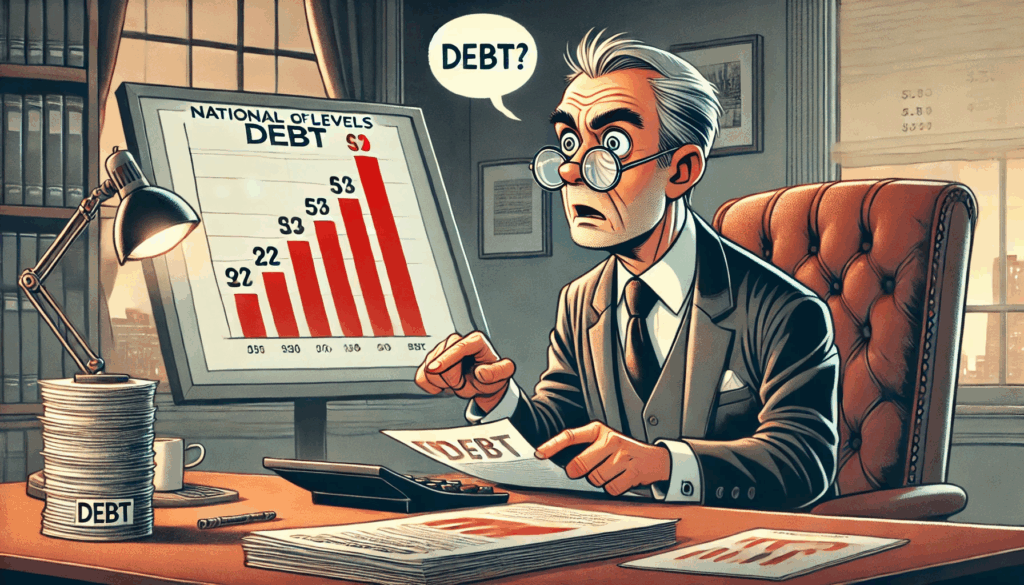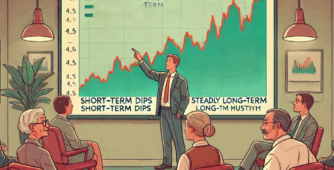The Growing Problem of U.S. Federal Debt
The U.S. federal debt has now crossed $36 trillion. This is a number most people have heard, even if they don’t know their own country’s debt. What’s important is that out of this huge amount, about $9 trillion is held by foreign countries. Over the years, this foreign-held debt has grown from just $1 trillion to nearly $9 trillion, according to U.S. Treasury data.

A big concern now is that many of these foreign investors may not want to continue lending to the U.S., especially with the rising political and economic uncertainty. As large amounts of this debt come up for renewal in the next 6 to 18 months, there’s a chance some countries may refuse to roll over their holdings. If that happens, the U.S. will have to repay them, possibly by issuing more debt.
If Foreigners Don’t Reinvest, Who Will?
If countries like China or Japan decide not to renew their bonds, the U.S. needs new buyers. China alone holds around $800 billion of this debt. If they step back, the U.S. will either need other countries to step in or, more likely, print new money to buy its own debt. This would mean the U.S. Federal Reserve would lend money to the government by buying bonds.
This is risky. If more and more debt is held within the country, it creates pressure on the value of the dollar. Foreign demand helps keep the U.S. dollar strong. But if that demand weakens, the U.S. could face serious financial stress.
How This Affects Interest Rates
When there is strong demand for U.S. bonds, interest rates stay low. But when there are fewer buyers, the yields or interest rates rise. This could cause even more borrowing problems for the U.S., pushing it to take extreme steps like money printing or other economic stimulus measures.
It could turn into a cycle: rising interest rates, more defaults, and more economic slowdown. This creates a loop that is very hard to break. The situation is like a ship headed for a storm. If something is not done quickly, the entire global financial system could be impacted.
From the market chaos of the 90s to mastering momentum investing, Ravi shares his powerful ETCS model for building lasting wealth. Expect practical tips on diversification, avoiding emotional traps, and thriving in today’s India. A must-watch for both new and seasoned investors!







